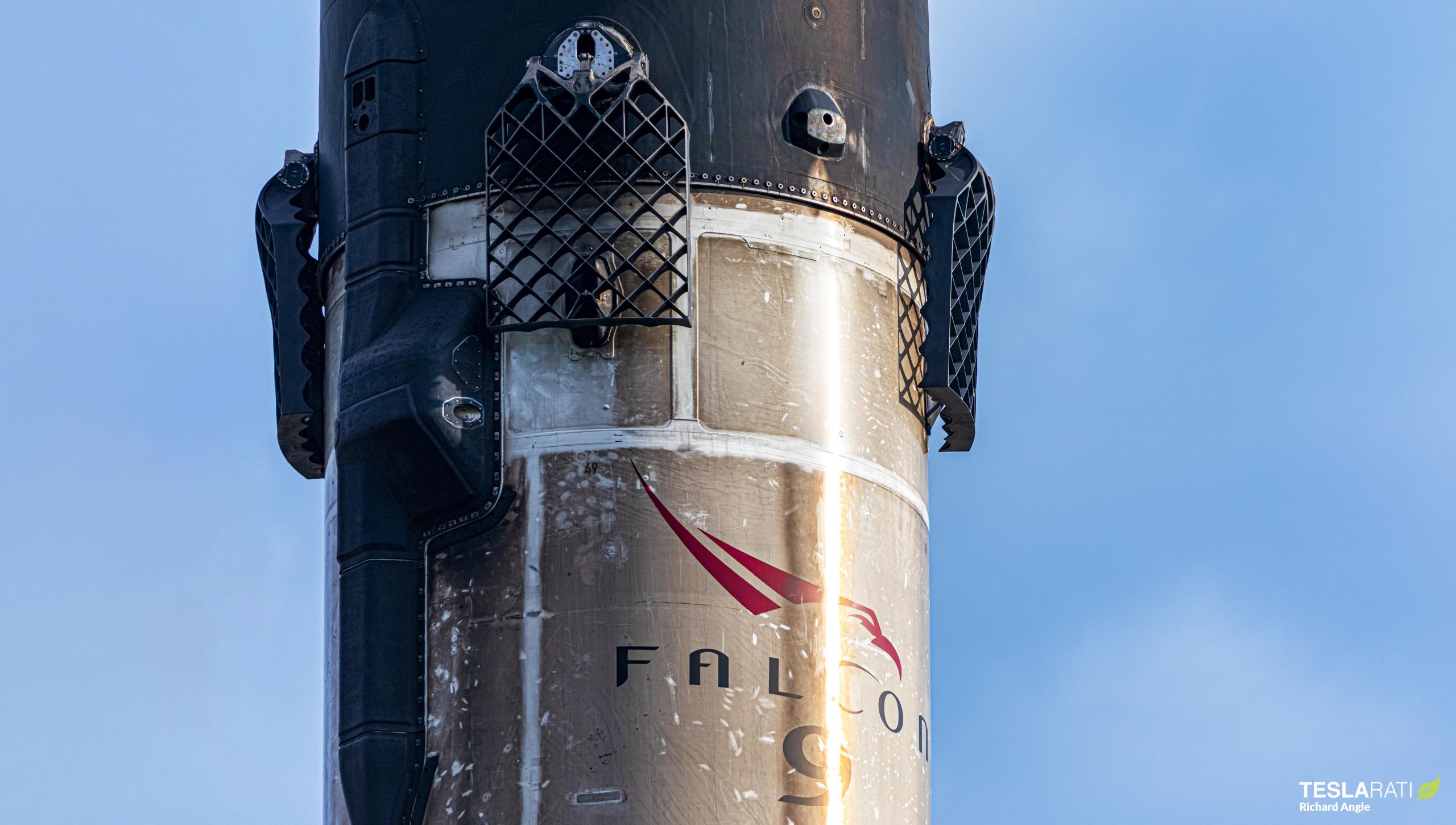
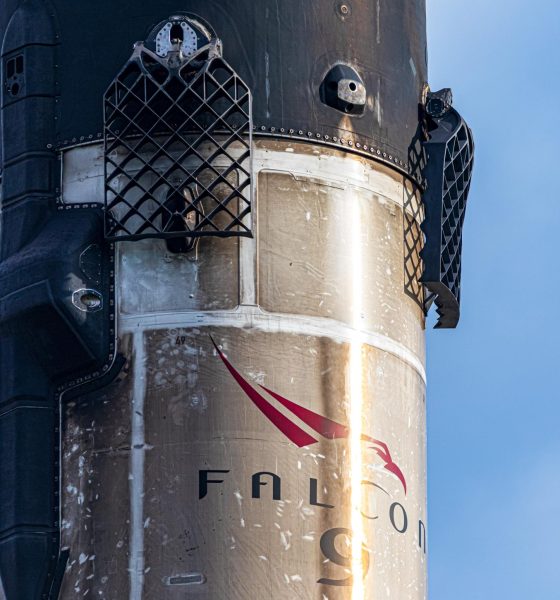
News
SpaceX Falcon 9 “fleet leader” returns to port after record reuse
SpaceX is well and truly 70% of the way to a longstanding rocket reusability target after successfully launching and landing the same Falcon 9 booster on seven orbital-class missions.
Known as Falcon 9 B1049, the record-breaking rocket booster and new “fleet leader” safely returned to Port Canaveral aboard drone ship Of Course I Still Love You (OCISLY) on Saturday, November 28th. Aside from a minor hiccup and 24-hour delay from a vague need for “additional mission assurance,” Falcon 9’s seventh-flight debut was as flawless as ever, simultaneously marking the rocket’s 100th launch overall and 99th success after a decade of operation.
Crystallized in May 2018 and floated many times before by CEO Elon Musk in years prior, SpaceX’s primary goal for Falcon 9 reusability has been ten flights per booster with near-zero refurbishment between launches for several years. As such, Falcon 9 B1049’s latest success means that SpaceX is just three flights away from crossing that partly symbolic but still spectacular milestone.
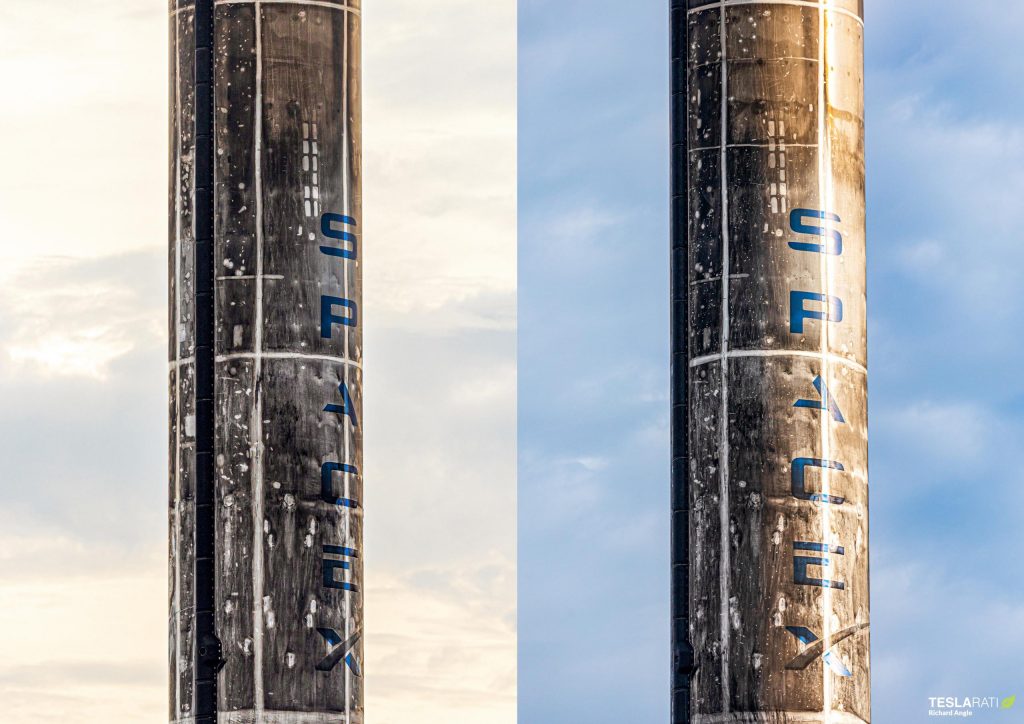
For as long as SpaceX and Musk have been transparent about their desire to implement reusability into orbital-class rockets, entrenched competitors like Arianespace and United Launch Alliance (ULA) have almost continuously responded with vague internal studies that conclude that changing their ways is counterproductive. Often, somewhat arbitrary figures arise, with ULA executives frequently falling back on the excuse that SpaceX-style reusability only makes financial sense if a booster fleet averages at least ten flights each.
Arianespace executives have echoed similar sentiments over the years and more recently implied that it would only ever make sense to invest in SpaceX-style reusability if the conglomerate could guarantee at least 30 launch contracts annually.
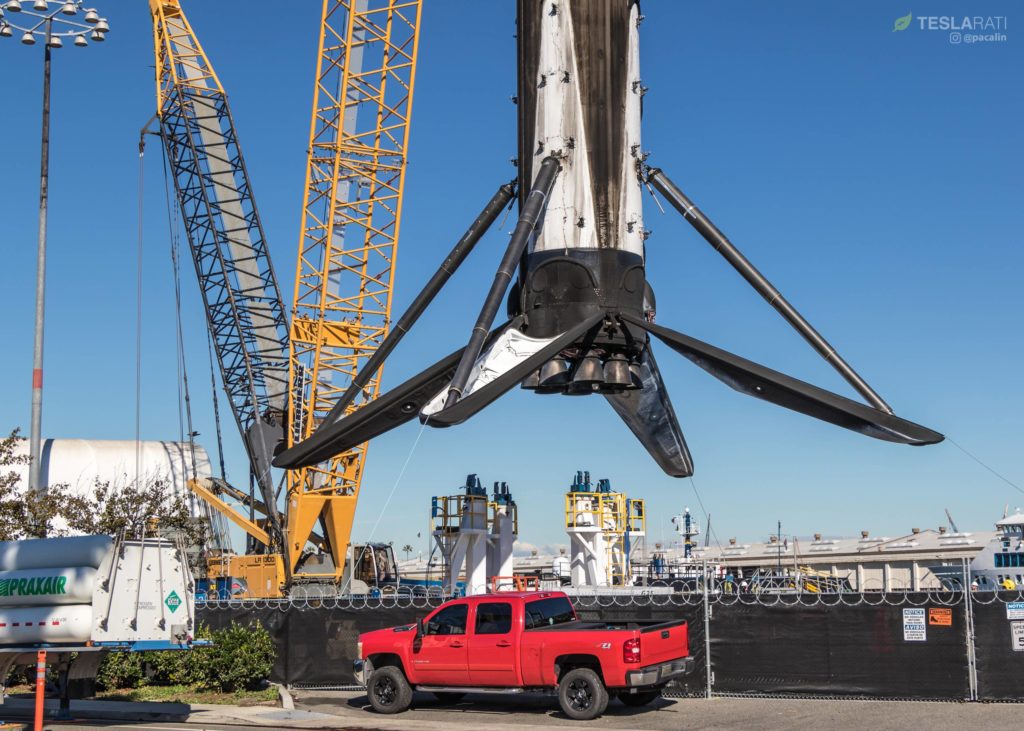
Instead of complaining and splitting theoretical hairs for the better part of a decade, SpaceX simply started working. After many tries, the first successful Falcon 9 booster landing came in December 2015. ~15 months later, SpaceX reused an orbital-class rocket booster on a commercial mission for the first time ever. Another 14 months after that, Falcon 9 Block 5 debuted with a bevy of upgrades focused on reusability and reliability, and that same Falcon 9 booster became the first to launch on three orbital-class missions just seven months later.
Falcon 9 B1049 debuted in September 2018. 26 months later, the rocket has completed its seventh successful launch and landing, averaging one orbital satellite launch every ~110 days – an impressive feat for the fourth Block 5 booster ever built. Newer boosters like Falcon 9 B1058 are already improving on the records of their predecessors, managing an average of one launch every 60-80 days.
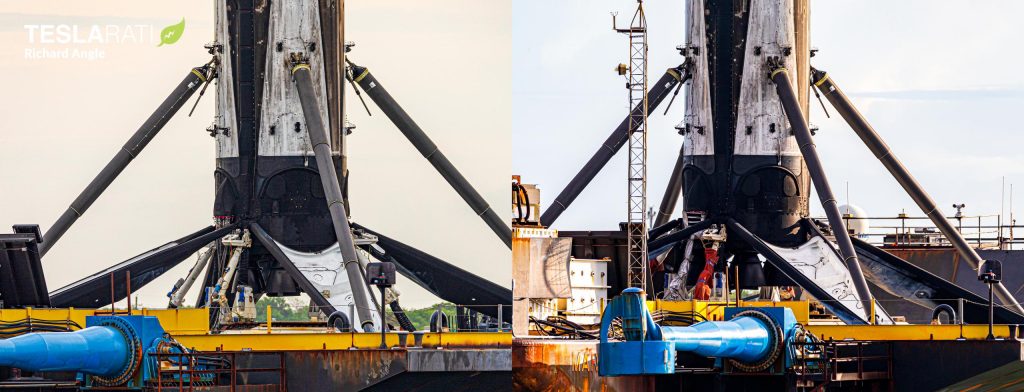
Even if ten flights were to inexplicably become a permanent design limit for all Falcon operations, SpaceX’s current fleet of eight flight-proven Falcon 9 boosters would still be capable of singlehandedly supporting at least 54 more launches, with another 16 on top of that if two dormant Falcon Heavy side boosters are converted for single-core use. SpaceX is unlikely to stop producing Falcon boosters for at least another year or two, adding at least 6-10 more first stages to the fleet to support dozens of crucial Falcon 9 and Falcon Heavy launches over the next 5-10 years.
In simpler terms, it’s almost time for SpaceX’s competitors to move their goalposts again. If B1049 can mirror its 2020 average of one launch every ~80 days, the Falcon 9 booster could be ready for its tenth flight as early as Q3 2021 (with B1051 not far behind it).
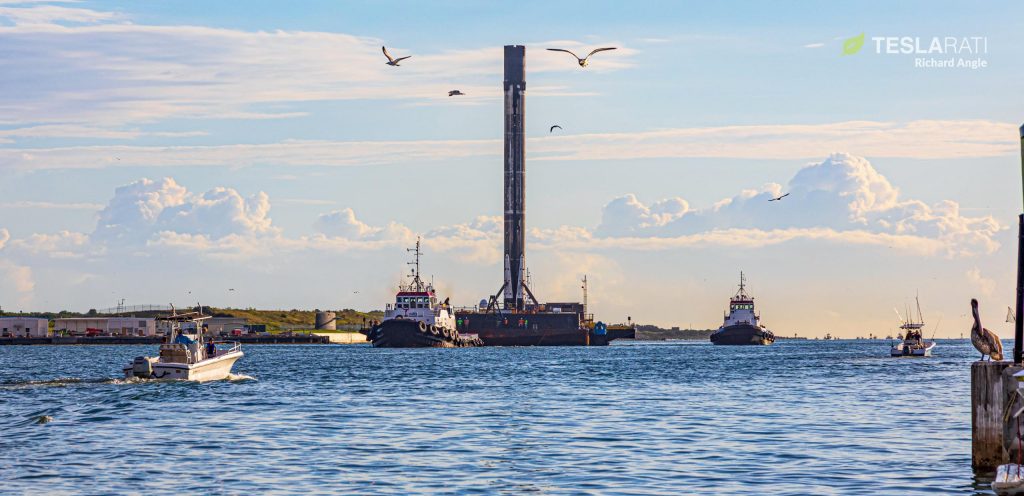
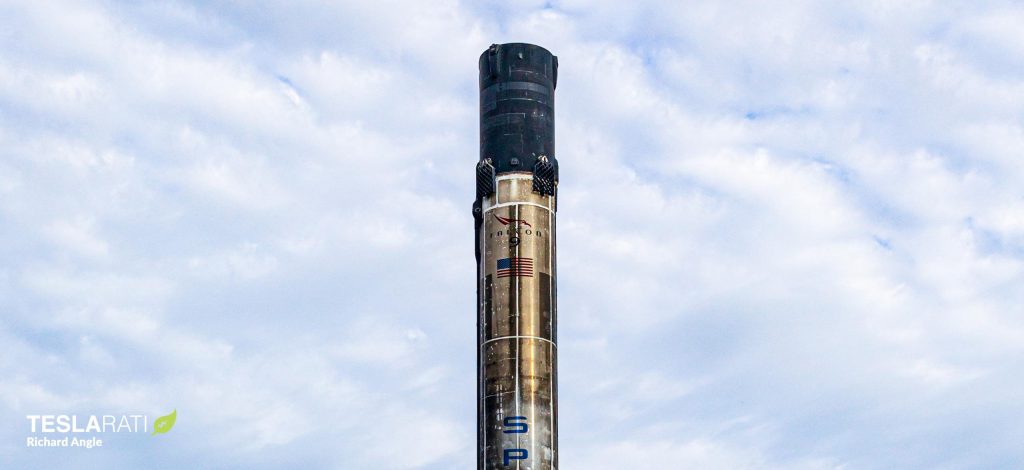
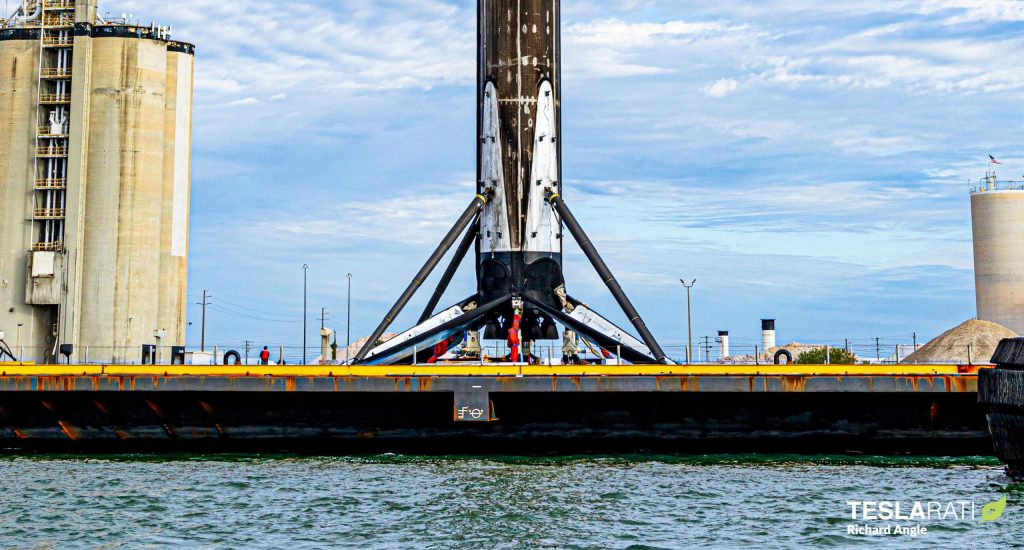
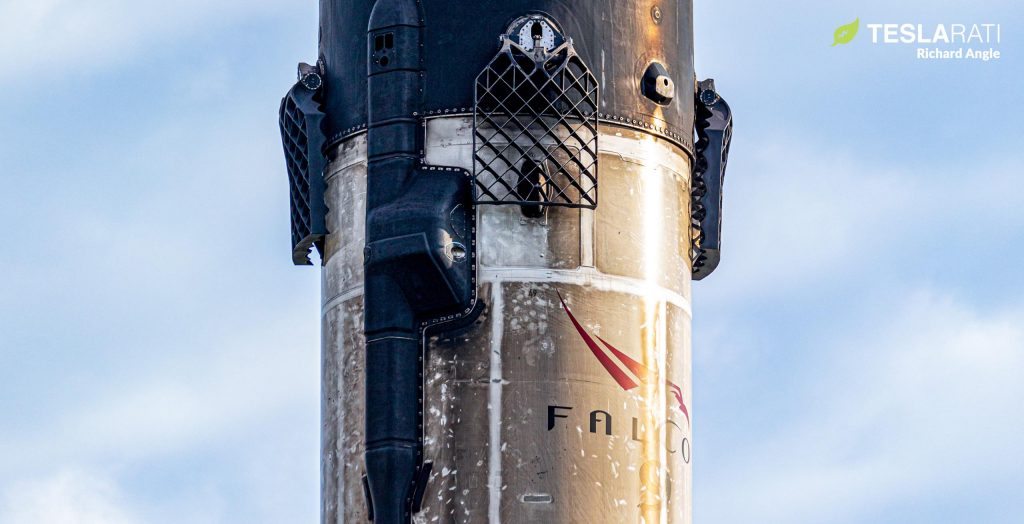

News
Tesla FSD fleet is nearing 7 billion total miles, including 2.5 billion city miles
As can be seen on Tesla’s official FSD webpage, vehicles equipped with the system have now navigated over 6.99 billion miles.

Tesla’s Full Self-Driving (Supervised) fleet is closing in on almost 7 billion total miles driven, as per data posted by the company on its official FSD webpage.
These figures hint at the massive scale of data fueling Tesla’s rapid FSD improvements, which have been quite notable as of late.
FSD mileage milestones
As can be seen on Tesla’s official FSD webpage, vehicles equipped with the system have now navigated over 6.99 billion miles. Tesla owner and avid FSD tester Whole Mars Catalog also shared a screenshot indicating that from the nearly 7 billion miles traveled by the FSD fleet, more than 2.5 billion miles were driven inside cities.
City miles are particularly valuable for complex urban scenarios like unprotected turns, pedestrian interactions, and traffic lights. This is also the difference-maker for FSD, as only complex solutions, such as Waymo’s self-driving taxis, operate similarly on inner-city streets. And even then, incidents such as the San Francisco blackouts have proven challenging for sensor-rich vehicles like Waymos.
Tesla’s data edge
Tesla has a number of advantages in the autonomous vehicle sector, one of which is the size of its fleet and the number of vehicles training FSD on real-world roads. Tesla’s nearly 7 billion FSD miles then allow the company to roll out updates that make its vehicles behave like they are being driven by experienced drivers, even if they are operating on their own.
So notable are Tesla’s improvements to FSD that NVIDIA Director of Robotics Jim Fan, after experiencing FSD v14, noted that the system is the first AI that passes what he described as a “Physical Turing Test.”
“Despite knowing exactly how robot learning works, I still find it magical watching the steering wheel turn by itself. First it feels surreal, next it becomes routine. Then, like the smartphone, taking it away actively hurts. This is how humanity gets rewired and glued to god-like technologies,” Fan wrote in a post on X.
News
Tesla starts showing how FSD will change lives in Europe
Local officials tested the system on narrow country roads and were impressed by FSD’s smooth, human-like driving, with some calling the service a game-changer for everyday life in areas that are far from urban centers.

Tesla has launched Europe’s first public shuttle service using Full Self-Driving (Supervised) in the rural Eifelkreis Bitburg-Prüm region of Germany, demonstrating how the technology can restore independence and mobility for people who struggle with limited transport options.
Local officials tested the system on narrow country roads and were impressed by FSD’s smooth, human-like driving, with some calling the service a game-changer for everyday life in areas that are far from urban centers.
Officials see real impact on rural residents
Arzfeld Mayor Johannes Kuhl and District Administrator Andreas Kruppert personally tested the Tesla shuttle service. This allowed them to see just how well FSD navigated winding lanes and rural roads confidently. Kruppert said, “Autonomous driving sounds like science fiction to many, but we simply see here that it works totally well in rural regions too.” Kuhl, for his part, also noted that FSD “feels like a very experienced driver.”
The pilot complements the area’s “Citizen Bus” program, which provides on-demand rides for elderly residents who can no longer drive themselves. Tesla Europe shared a video of a demonstration of the service, highlighting how FSD gives people their freedom back, even in places where public transport is not as prevalent.
What the Ministry for Economic Affairs and Transport says
Rhineland-Palatinate’s Minister Daniela Schmitt supported the project, praising the collaboration that made this “first of its kind in Europe” possible. As per the ministry, the rural rollout for the service shows FSD’s potential beyond major cities, and it delivers tangible benefits like grocery runs, doctor visits, and social connections for isolated residents.
“Reliable and flexible mobility is especially vital in rural areas. With the launch of a shuttle service using self-driving vehicles (FSD supervised) by Tesla in the Eifelkreis Bitburg-Prüm, an innovative pilot project is now getting underway that complements local community bus services. It is the first project of its kind in Europe.
“The result is a real gain for rural mobility: greater accessibility, more flexibility and tangible benefits for everyday life. A strong signal for innovation, cooperation and future-oriented mobility beyond urban centers,” the ministry wrote in a LinkedIn post.
News
Tesla China quietly posts Robotaxi-related job listing
Tesla China is currently seeking a Low Voltage Electrical Engineer to work on circuit board design for the company’s autonomous vehicles.

Tesla has posted a new job listing in Shanghai explicitly tied to its Robotaxi program, fueling speculation that the company is preparing to launch its dedicated autonomous ride-hailing service in China.
As noted in the listing, Tesla China is currently seeking a Low Voltage Electrical Engineer to work on circuit board design for the company’s autonomous vehicles.
Robotaxi-specific role
The listing, which was shared on social media platform X by industry watcher @tslaming, suggested that Tesla China is looking to fill the role urgently. The job listing itself specifically mentions that the person hired for the role will be working on the Low Voltage Hardware team, which would design the circuit boards that would serve as the nervous system of the Robotaxi.
Key tasks for the role, as indicated in the job listing, include collaboration with PCB layout, firmware, mechanical, program management, and validation teams, among other responsibilities. The role is based in Shanghai.
China Robotaxi launch
China represents a massive potential market for robotaxis, with its dense urban centers and supportive policies in select cities. Tesla has limited permission to roll out FSD in the country, though despite this, its vehicles have been hailed as among the best in the market when it comes to autonomous features. So far, at least, it appears that China supports Tesla’s FSD and Robotaxi rollout.
This was hinted at in November, when Tesla brought the Cybercab to the 8th China International Import Expo (CIIE) in Shanghai, marking the first time that the autonomous two-seater was brought to the Asia-Pacific region. The vehicle, despite not having a release date in China, received a significant amount of interest among the event’s attendees.








